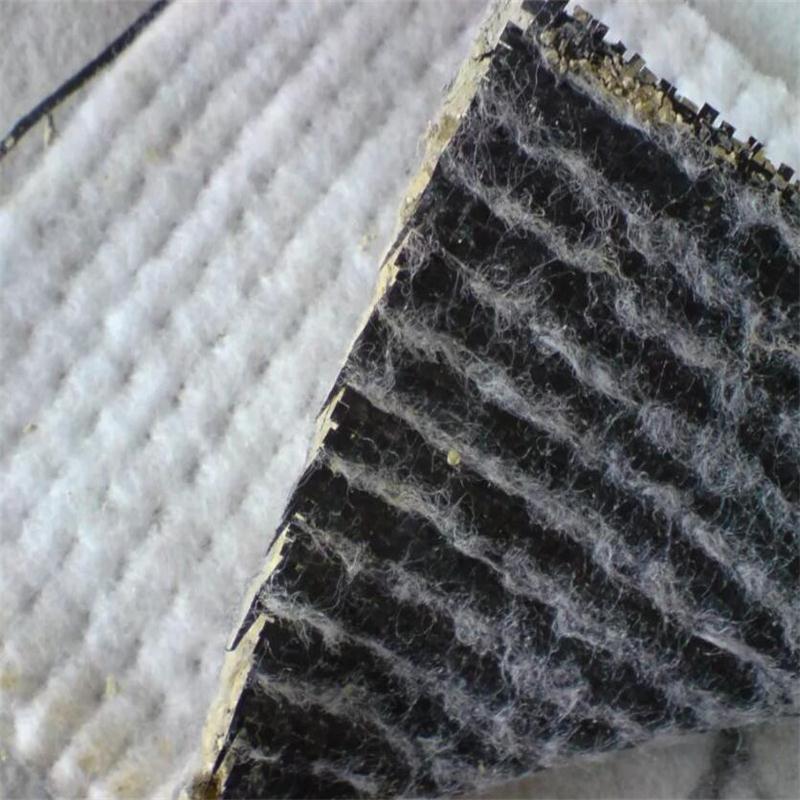When mold grows on bread, you may just throw it away. However, Chinese and British scientists said on the 17th that this mold may play a major role in the production of battery electrode materials.
The team led by Professor Jeffrey Gard of Dundee University in the UK and a team of Chinese researchers reported in the new issue of the American Journal of Contemporary Biology that the common name for Neurospora crassa is commonly used in biological research. A model organism that they use to synthesize manganese oxides performs well when used as an electrode material for lithium-ion batteries.
Gade said in an interview with Xinhua News Agency reporter: “This research is the first report on the use of fungal biomineralization to synthesize electrode materials, indicating that fungal biomineralization has great potential for application in the synthesis of biomaterials. The idea of ​​developing electrochemical materials through new ways provides insights."
In the previous study, Gade's team found that the fungus can produce carbonate minerals through biomineralization processes, including carbonate minerals containing toxic metals, and carbonate minerals are easily decomposed into metal oxides after heating. Therefore, they began to study whether they could use the fungal biomineralization process to synthesize the widely used electrode material, manganese oxide. Previously manganese oxides were mostly synthesized using non-biological methods. No research report has stated that fungi can also play a role in this regard.
In the new study, Li Qiang, a researcher of the Gade team, added a certain amount of urea and manganese chloride to the medium of red bread mold. After incubation for a period of time, a large amount of manganese carbonate is produced on the mycelium of the fungus and in the culture medium. After these substances are subjected to heat treatment at a high temperature of 300 degrees Celsius, a mixture of fungi and manganese oxides is obtained. This mixture has excellent "cycle stability" when used as an electrode material of a lithium ion battery: after 200 cycles of charge and discharge, the retention rate of the battery capacity is still above 90%.
Gade said that compared with other methods, this electrode material synthesis method is simpler and faster, and the fungal mycelia can provide a supporting framework for metal deposits in the biomineralization process. At the same time, the branching structure of fungal hyphae can play a good role in the dispersion of the compound, which is conducive to the occurrence of redox reactions.
For the next study, Gard said that he may focus on optimizing fungal culture conditions in order to better improve the electrochemical properties of the resulting electrode materials and to study the possibility of using other fungi to synthesize carbonate minerals. (Reporter Lin Xiaochun)
Geosynthetic Clay Liner( GCL)is made from 100% natural sodium bentonite, Woven Geotextile, nonwoven Geotextile.Geosynthetic clay liners (GCLs) are high performance needle punched environmental reinforced composites which combine two durable geotextile outer layers with a uniform core of natural sodium bentonite clay to form a hydraulic barrier. Fibers from the non-woven geotextile are needle punched through the layer of bentonite and incorporated into the other geotextile (either a woven or non-woven).when hydrated under a confining load, the bentonite swells to form a low permeability clay layer with the equivalent hydraulic protection of several feet of compacted clay.

Property
1. Swell when meet water
2. Long time waterproofing and friendly to environment
3. Separation, reinforcement, protection, filtration and easy for construction
Application
1. Municipal project, subway, underground and roof waterproofing
2. landfill, waste water treatment, industial waste
3. Waterproofing and reinforcement in water conservancy, river, lake and dam
4. Artificial lake, golf course and fish pond
5. Petrifaction and mineral waterproofing

Specification
Unit weight: 4500g/m2, 4800g/m2, 5000g/m2, 5500g/m2, 6000g/m2 or customerized
Width: 5m-6m or customerized
Length: 10m, 20m, 30m, 40m, or customerized
Technical data


Geosynthetic Clay Liner With Geomembrane
Geosynthetic Clay Liner With Geomembrane,Natural Bentonite Geosynthetic Clay Liner,Geosynthetic Geomembrane Clay Liners,Geomembrane Geosynthetic Clay Liner
Shandong Tianhai New Materials Engineering Co., Ltd , https://www.chinatinhy.com